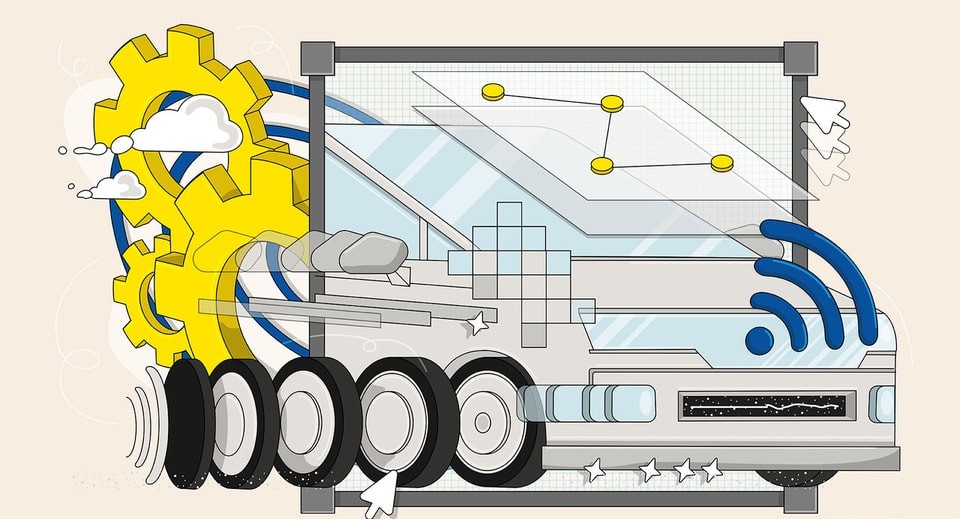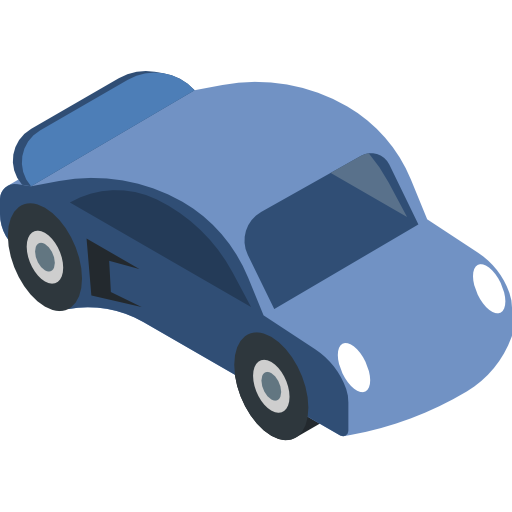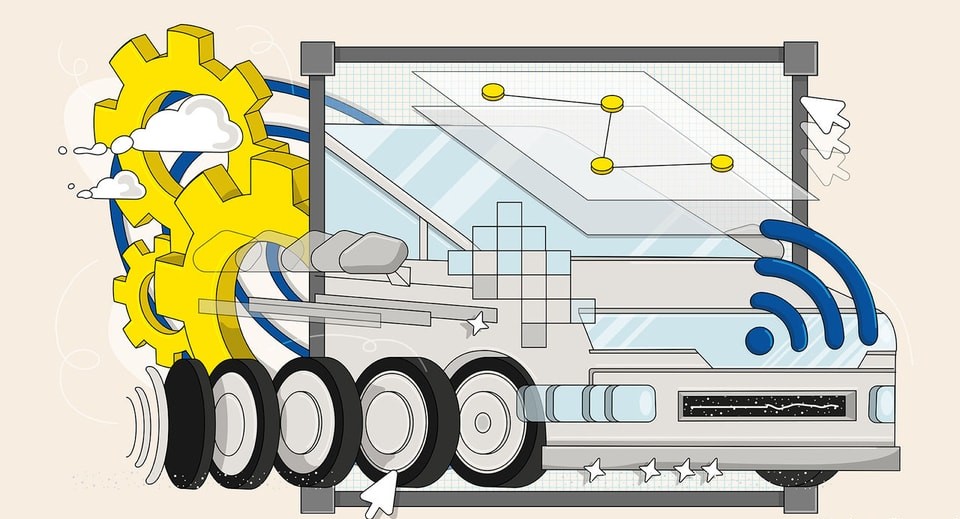In 2021, China recorded the strongest growth in the EV market with around 3.2 million EVs sold. This was an increase of 2 million EV units compared to 2020 which was more than the combined increase of all other regions taken together. As electric vehicles (EVs) trend from being niche to mass scale, more problems emerge, among which incidents of car crashes caused by brake failure have caught considerable media attention. Big automakers are amidst this challenge which highlights that as car companies lower the costs of autopilot features and solve the range concerns about EVs, safety considerations will be paramount. An autopilot is a system used to control the path of an aircraft, marine craft or spacecraft without requiring constant manual control by a human operator. Autopilots do not replace human operators. Instead, the autopilot assists the operator’s control of the vehicle, allowing the operator to focus on broader aspects of operations (for example, monitoring the trajectory, weather and on-board systems). As with any new technology, it is important that the industry implements best practices and safety standards and deploys the right combination of software, hardware, and optimized driving system to minimize risks of such incidents. And if that aim cannot be fully achieved as soon as possible, it is better to add new features to the vehicle in a progressive way without the obsession of “breakthroughs”.

Elon Musk, the boss of the electronic car company, Tesla, is cooperating with police after one of its vehicles was involved in a deadly crash in China. It is not yet known whether any Autopilot functions were active, and Tesla denies its systems were subject to a fault. Musk vows to accelerate the world’s transition to sustainable energy. At the same time, he starts a revolution in the Auto industry: the transport industry, what was once the hardware business is becoming more like the software business. The software in a vehicle is becoming increasingly important as many features of the car rely on the software.
On the one hand, it brings new driving experiences to the users and makes driving a car more convenient. In past, when you want to entertain yourself with a new movie, you could go to the cinema. But now, the car will satisfy that need. A few taps on the touchscreen and the vehicle turns into a movie house. The premium speakers offer stereo sound and immersive sound. Turn off the interior lights, and you can enjoy the movie on the touchscreen. On the other hand, for now, using more software means more uncertainty in safety due to the relative technologies that are not yet mature. One of the most intriguing features of Tesla is the Autopilot. According to Tesla, Autopilot’s advanced safety and convenience features are designed to assist the user with the most burdensome parts of driving. However, as more and more complex electrical architectures and algorithmic logic are introduced into cars, the cause-and-effect relationships determined under traditional mechanical structures are changed and the decision-making mechanisms of cars are gradually dominated by software and algorithms. Many factors that were not taken into consideration at the time of initial design, such as weather and slight changes in ground adhesion, may have unanticipated interference with the software and algorithm, which could contribute to a tragic car accident.
NHTSA discovered in 16 separate instances that Autopilot “aborted vehicle control less than one second prior to the first impact”, suggesting the driver was not prepared to assume full control over the vehicle. That also means that the system of Tesla is not mature in terms of dealing with possible accidents. This was really bad news for those who trust Autopilot, which passes the buck to its users at the last second. Some believe that the Autopilot feature was designed to make the driver free from the burdensome parts of driving, which will, however, deprive the driver of his ability to perceive and deal with danger. Given that the Autopilot feature is still in its initial stages of development, the most important concern around its uptake is improving its safety, which should be the first consideration. Safety will need to be understood from a vantage point that not only looks at the autopilot feature of EVs but the entire system, such as the driving environment and all factors that may be involved in real driving scenarios.
For now, though, the digital race is still to be won. Even as the traditional car industry seems slow with features supported by software, the upstarts have much to learn about, keeping safety first and building trust in their brands. Although traditional cars are not doomed like Nokia, a once-dominant firm caught out by the smartphone revolution, the newcomers have a lot to learn from the established makers. One of them is safety, which matters most.

